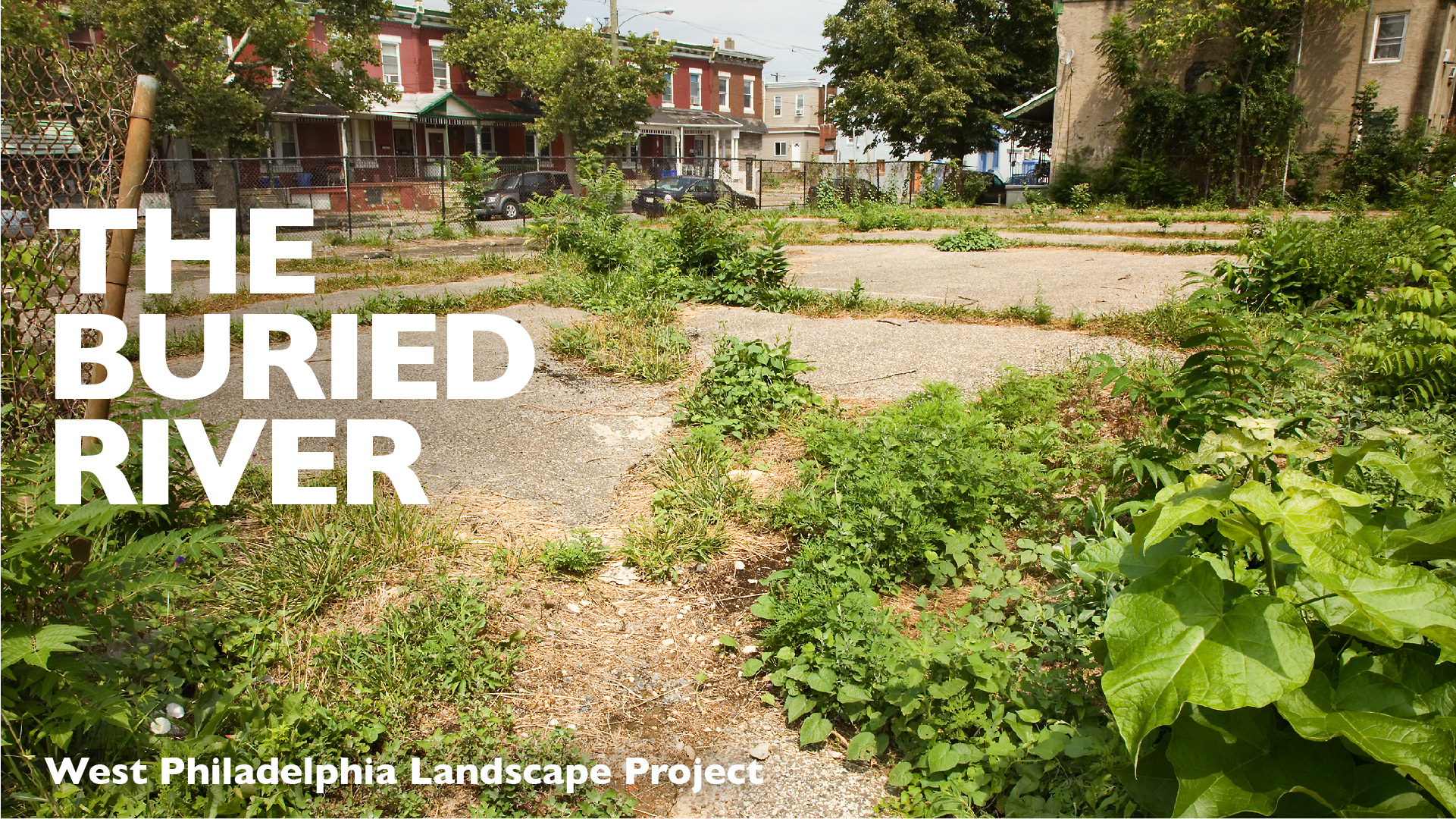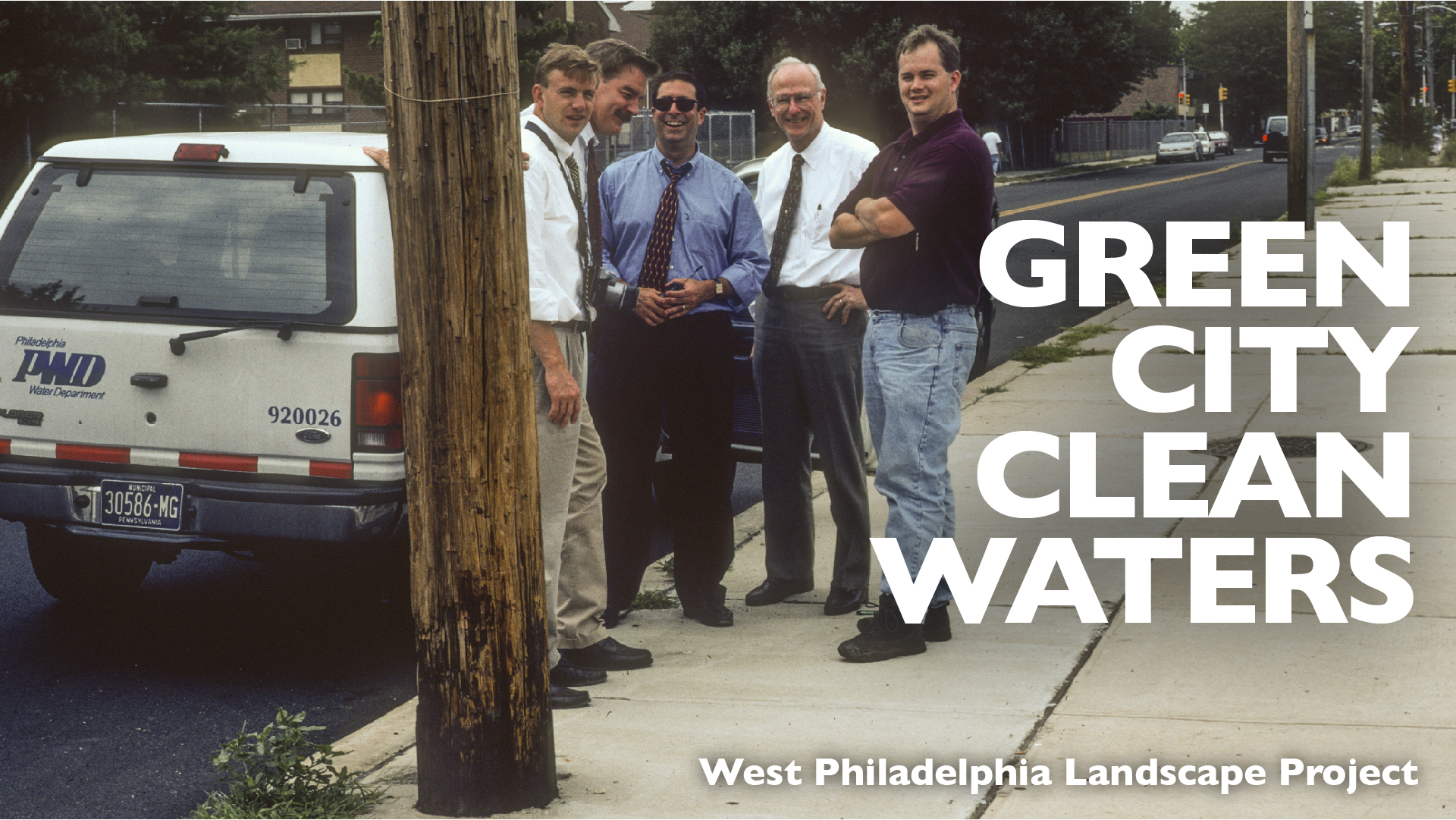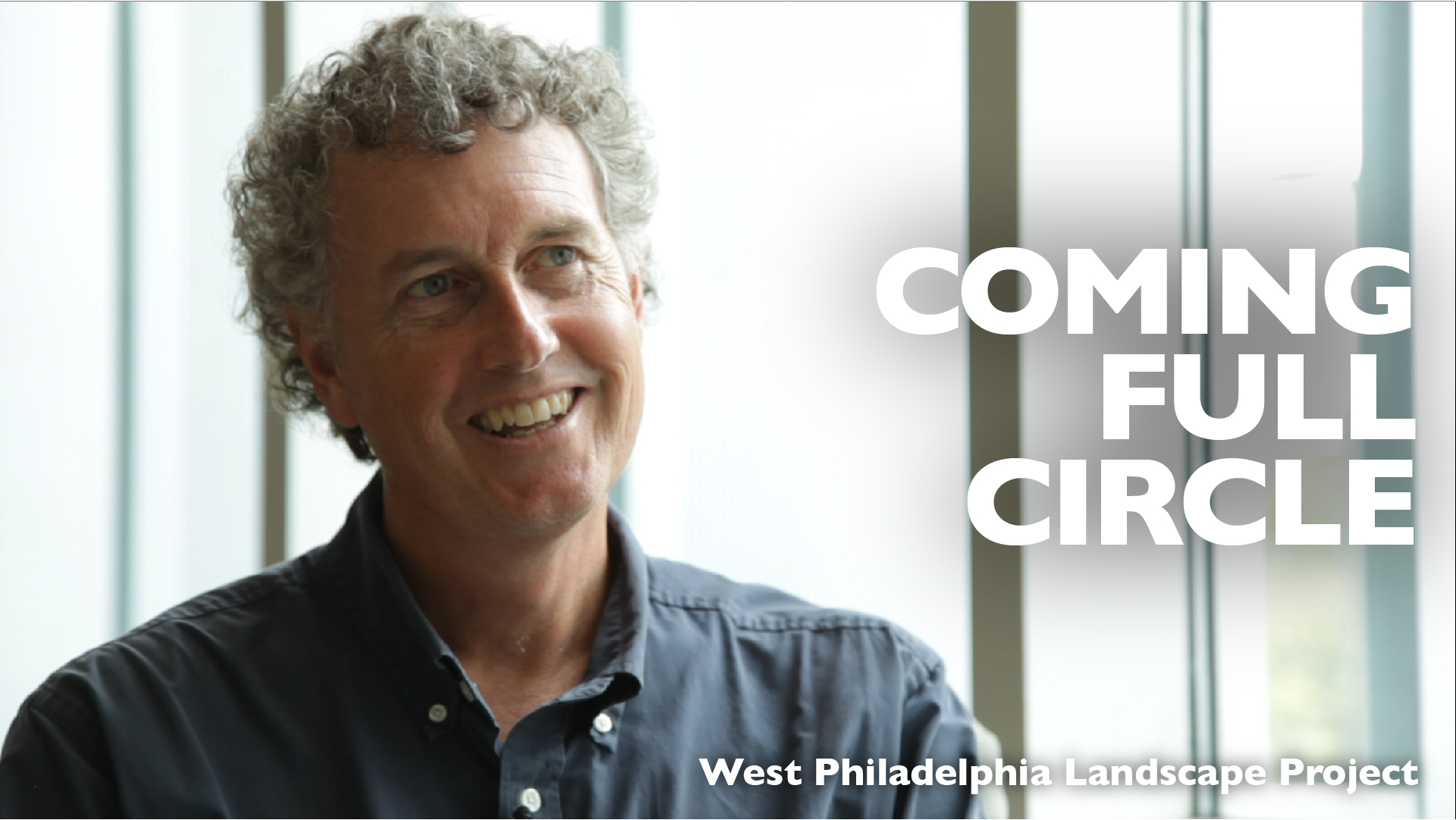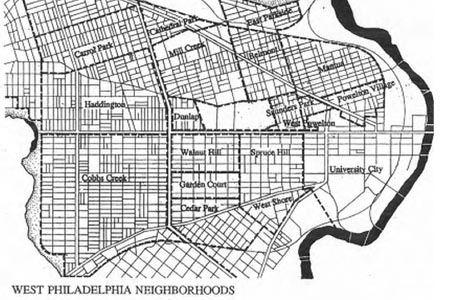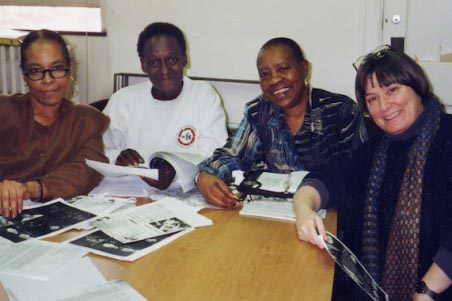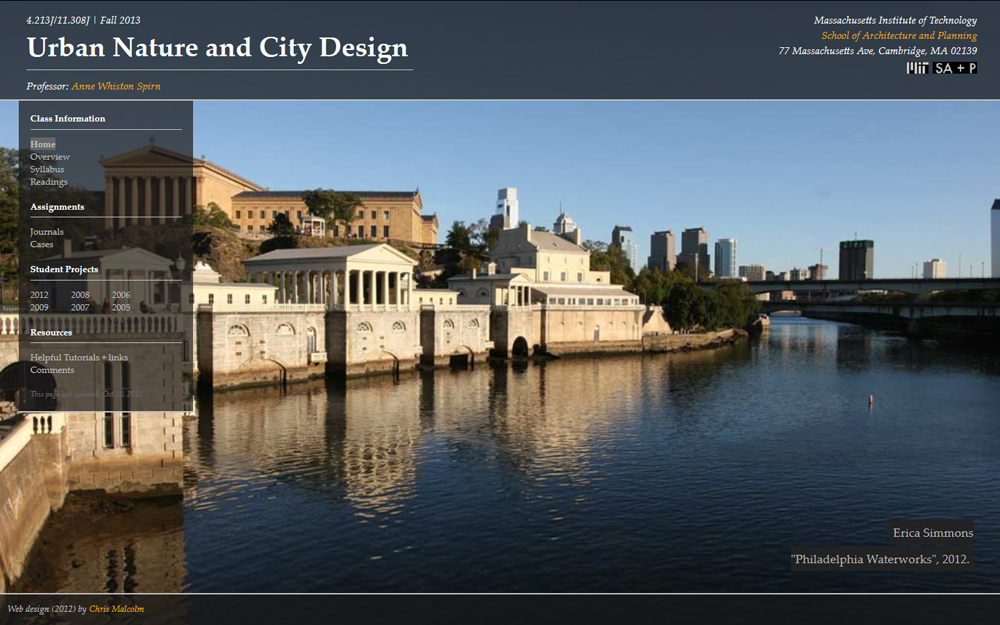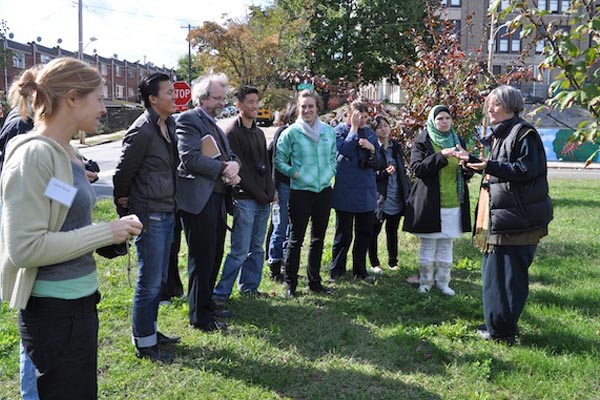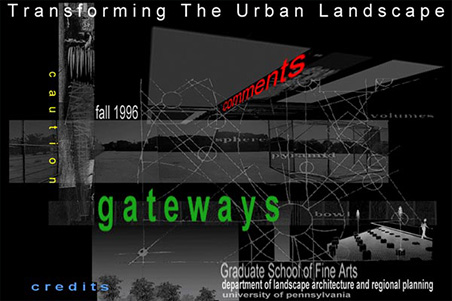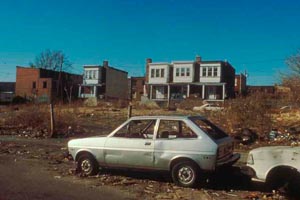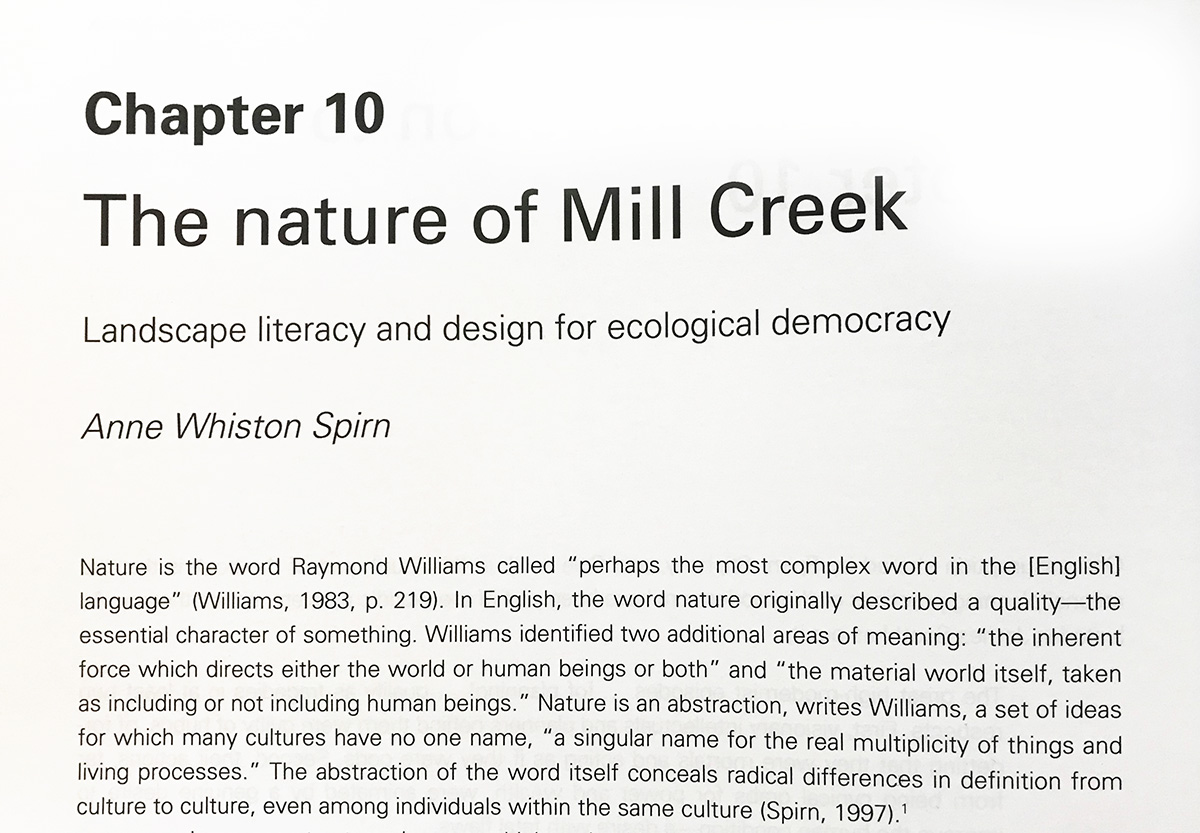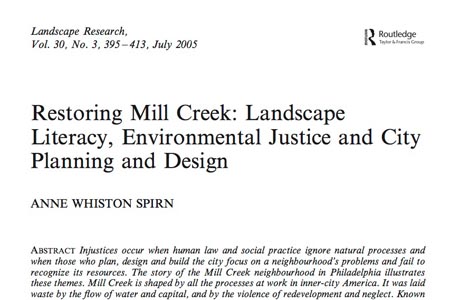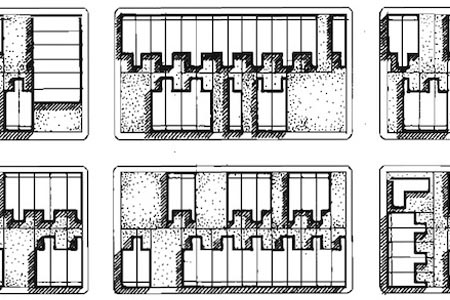
The Mill Creek was buried in a sewer in the late 19th century, which has caused many problems ever since, including cave-ins, structural damage to buildings on the buried floodplain, and polluted water downstream.
When the sewer was built, the valley bottom was buried under 20-40+ feet of dirt, cinders, ash, and trash. Although Mill Creek is encased in a sewer, water continues to seep into the ground and flow downward toward the valley bottom and the buried floodplain of the former stream. Over the years, this zone of filled land has subsided, the site of numerous cave-ins and abandoned land. The sewer carries both sanitary sewage and stormwater. After heavy rain, when the volume of combined sewage exceeds the capacity of the sewage treatment plant, raw sewage flows directly into the Schuylkill River, a combined sewer overflow (CSO).
Since 1987, WPLP has demonstrated how a new “green” infrastructure could simultaneously reduce CSOs, prevent floods, and rebuild the community. The West Philadelphia Landscape Plan: A Framework for Action (1991) and Vacant Land: A Resource for Reshaping Urban Neighborhoods (1991) describe how new uses on vacant land could be designed to manage storm water in order to reduce CSOs and prevent floods. Graduate students at the University of Pennsylvania and MIT have created designs that demonstrate what such projects might look like and how they would function. Since the 1990s, WPLP has worked with community leaders, engineers at the Philadelphia water Department, and federal officials on a series of collaborative projects.
In 2009, the City of Philadelphia announced Green City, Clean Waters, a landmark program to reduce CSOs through green infrastructure. The plan calls for reducing impervious surfaces in the city by 30% by 2020 in order to capture the first inch of rain to fall in a storm. If the plan works, it will save the city billions of dollars and has the potential to provide many other benefits, including jobs, education, and neighborhood development.
Anne Spirn’s classes at MIT continue to study the Mill Creek watershed and to make proposals that integrate environmental restoration, community development, and the empowerment of youth, taking a top-down/bottom-up approach that brings together public officials and neighborhood residents where education and landscape literacy are key ingredients.
To learn more about these projects on managing the urban watershed, see the stories projects, courses, and publications below.
